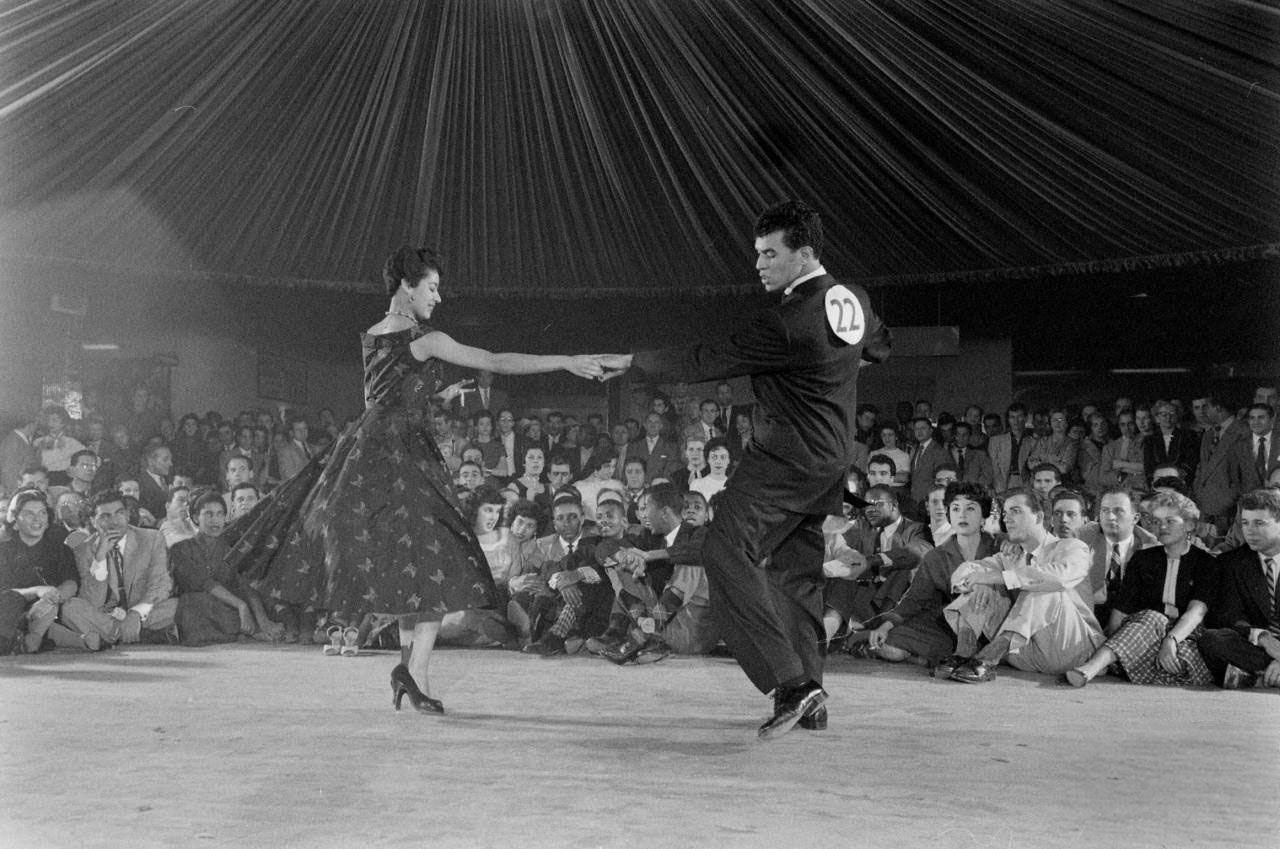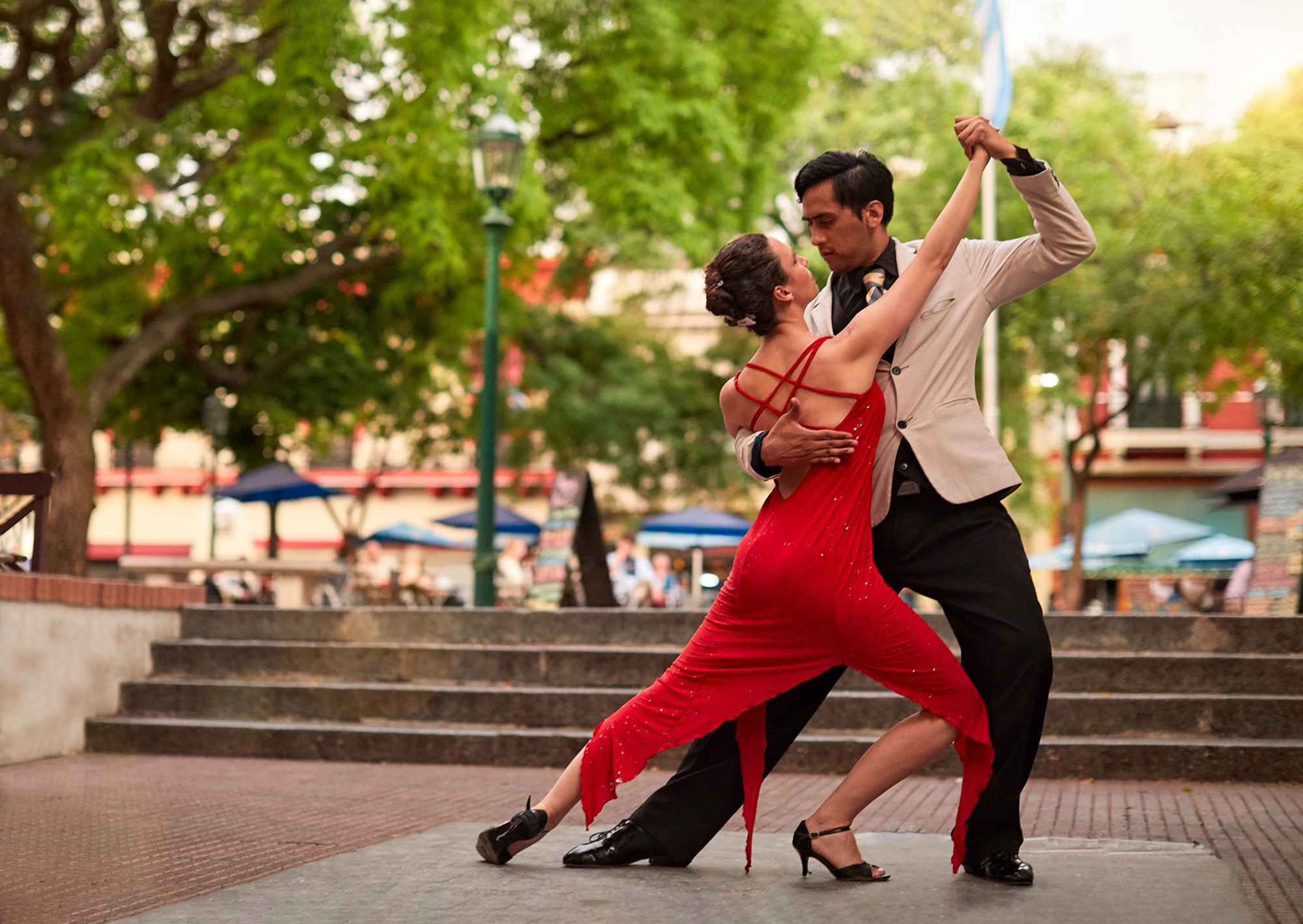Not known Factual Statements About Dance San Francisco
Wiki Article
The 6-Minute Rule for Dance San Francisco
Table of ContentsThe Single Strategy To Use For Dance San Francisco6 Simple Techniques For Dance San FranciscoDance San Francisco Things To Know Before You Get This10 Easy Facts About Dance San Francisco Described
Let's think of Salsa dancing and songs as a great large Tree that resembles this: Salsa is danced global while many technological elements of the dance are the very same across designs (6 actions over 8 beats danced on a quick-quick-slow or slow-quick-quick rhythm), there are numerous "trademark" attributes of the primary styles of Salsa that identify one from the other.Pairs taking part in a Gambling establishment Rueda dance all moves in unison as called by a Leader. Distinguishing attributes of Cuban style salsa are circular turn patterns (with "break back" actions on counts 1 and 5) in addition to body movement motivated by conventional Afro-Cuban folkloric dancings. Distinct attributes of Cali design salsa is fast and intricate maneuvering, danced with a strong hand hold link between partners.
The origins of the style are a subject of discussion, but it is said that New York design Salsa dance stemmed in the 1960's because of the influx of Latin American emigrants after the Cuban Transformation (salsa dancing sf). Eddie Torres is the most well known New York design dancer, being virtually universally attributed with promoting the design to dance centres beyond New York
The fundamental rhythm of "On-2" is slow-quick-quick. The "youngest" of the designs of Salsa, L.A (http://ttlink.com/dancesf). Style (some individuals have called it "West Shore" design) came to be preferred in the 1990's and has its origins in ballroom (Mambo, Swing and Cha, Cha, Cha). Transform patterns lead and adhere to strategies are heavily affected by these designs, with the Cross Body Lead being the cornerstone of the design
Dance San Francisco Can Be Fun For Anyone
Design are implementation of turn patterns and figures in the "slot", with the break actions on matters "1" and "5". While Salsa music has solid origins in Cuban, Colombian and Puerto-Rican folkoric traditions, it can not be discounted that all Afro-Latin and Latin American societies have added to contemporary Salsa songs as we understand it today.


Fascination About Dance San Francisco
identifying characteristics of Salsa songs are: 4/4 measure signature, Boy Clave and Tumbao rhythms, Montuno Piano Unless you have a history in music, the above 3 features most likely indicate absolutely nothing to you. An easier way to explain Salsa songs is just how it does NOT seem like various other sorts of Latin American music.
Many brand name brand-new professional dancers select to learn L.A. "On-1" design slotted Salsa styles are the most widespread in North America (with some exemptions of some urban centres that still predominantly embrace Cuban and Puerto Rican designs) and L.A
Indicators on Dance San Francisco You Should Know
.A. https://www.anyflip.com/homepage/izipm#About. Style will quickly teach you instruct fundamentals company website of Salsa timing, weight transfer and turn pattern execution. Several professional dancers, when they have actually had a year or two of dancing L.A. Design Salsa under their belts, "switch" to New York style in order to expand their dancing vocabulary; however numerous dancers make a decision to stick to simply one style of Salsa and enjoy their time on the dance floor in that particular design.Style and New York Design all being danced in the very same club, with much of the dancers having the ability to switch from one design to the various other from one song to the next. salsa dancing sf. No issue which design you pick it's crucial to stick to that design up until you're very comfy with the fundamentals of timing, body rhythm and foundation step execution before taking into consideration "switching" styles (if you intend to)
As soon as you start lessons be ready to devote time and power to discovering just how to dance as a whole it takes a full novice (i. e., someone with little or no dancing experience) about 6 months of proactively taking lessons and going out and practicing at the very least twice a week to obtain to a point where pattern implementation begins to really feel "natural".
Report this wiki page